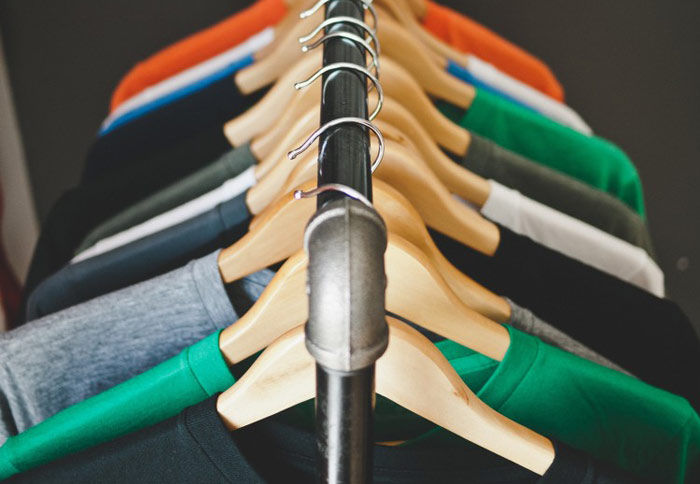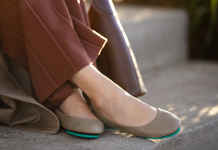When you have just purchased an article of clothing, you take for granted that it is brand-new and ready for wear, don’t you? Let’s halt a bit and give it a thought. Even if you know where the article hails from, with the present state of industry you can be sure that some fabrics came from different countries, were dyed in yet another one, and the stitching was done somewhere else. Naturally, the laws governing chemical use are different in any of these places.

It is small wonder, then, that dermatologists warn you about chances to contract dermatitis and other unwelcome skin infections if you put on newly bought clothes without washing them first. A professor of dermatology at New York’s Columbia University Medical Center states that lice can be found in the fabric of new clothes (bad news for avid shoppers).
Apart from lice, threats lurking in fresh-out-of-store clothing are allergens, the most dangerous of them being formaldehyde resin and dye.
It is azo-aniline dyes that are mostly used nowadays for coloring synthetic textiles; and there is a small number of people allergic to them. They may be in for severe skin reactions similar to those resulting from poison ivy. Normally, people don’t react to dyes, but some may get local inflammations, itching or dry skin due to exposure – especially to these parts of clothing which rub against the body or absorb perspiration. Risky areas include the armpit patches, collars, waist and thighs.
So, if you notice red rash breaking out in scales, it may have been triggered by unwashed-off dye. It can take several washings to get rid of the allergenic dye – which seems to be a necessary procedure for allergic people. Yet sometimes you don’t eradicate the residue of dye completely, and the rash can recur.
Then, there are urea formaldehyde resins that are intended to diminish wrinkling in cotton-polyester blends and fight off mildew. Many countries control formaldehyde content, nevertheless the U.S. Government Accountability Office issued a study in 2010 revealing that the allowable contents of resins in some fabrics sold in the States are exceeded. What’s more, you won’t be able to identify the fabrics or the countries that have more anti-wrinkle chemicals than it is permissible. Some of these fabrics are even produced in this country.
Consequently, wearing clothes made with such fabrics can lead to either allergic contact dermatitis or irritant contact dermatitis, both forms of eczema manifesting the same symptoms like rash and flaking skin.
Another point you don’t take into account is that your chosen item of clothing is sure to have been handled and tried on before, and you will never know by whom and what kinds of germs may have been transmitted onto the weave. You can never be sure that the beautiful article you have just bought isn’t teaming with lice. Items made from natural fibers may be even worse infested than synthetic ones.
Dermatologists remind that lice, scabies and infectious diseases spread through exactly such things as trying clothing on. Although lice need a host and disappear if they don’t get one soon, they stay longer on natural fibers. If you don’t wash new clothes, you run certain risks, even if you are sure they are small, you don’t want them.
As clothes are packed prior to shipment, there are usually chemical satchels placed into packages or boxes by factories with the aim of absorbing moisture and preventing development of fungus. Yet this means is often not sufficient: the factors like the humidity of the manufacturing country, and the initial humidity within the packaging influence the conditions. In some cases fungus is not completely excluded, and the circumstances allowing for its perseverance remain unknown. There was a chemical that used to be employed for preventing mold and fungus, dimethyl fumarate, which was later discovered to cause allergic skin reactions and was subsequently put out of use.
So, the general advice in this matter would be to wash each item of newly acquired clothing straight after the purchase, and give them a double rinse before putting them on. It goes both for parents and children, no matter what fabric the clothes are made from.
For the best dermatological hygienic effect, do it twice, with or without soap – especially if some of your family members are vulnerable to skin allergies.










